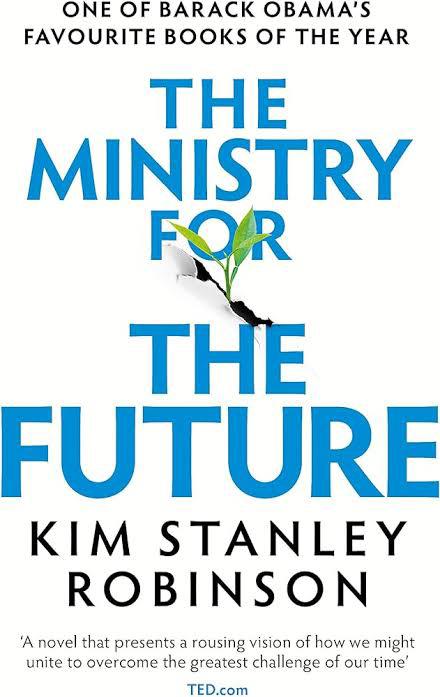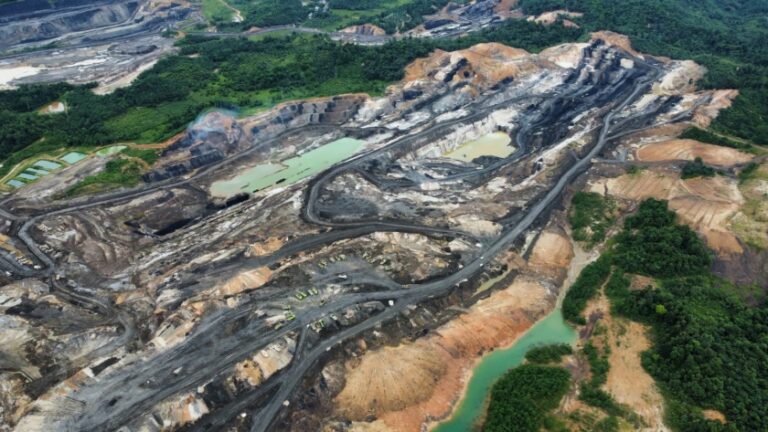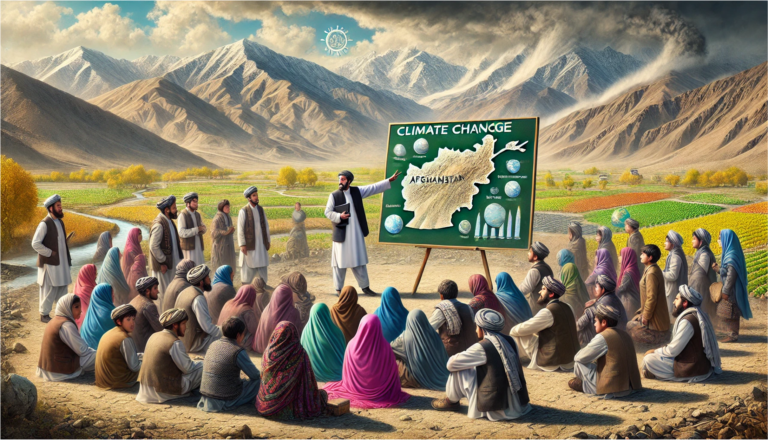It’s widely recognized that climate change has been a major concern for decades, creating discussions, debates, and policies aimed at responding to its adverse effects. As the climate is changing globally, various efforts have been made to enhance public understanding of the significance of climate change and its impact on daily life. These efforts range from advocating public policies and strengthening the role of governments in the public sector to involving civil society in raising awareness about the urgency of climate action across all industries.
However, one often overlooked aspect, particularly in the era of artificial intelligence (AI), is the role of imagination in building awareness about climate change. Imagination can be channeled through various mediums, such as literature, poetry, folklore, and novels. Activating this imaginative step in every potential can begin by encouraging individuals to read more—not only novels or scientific literature but also stories shared on social media or observations of real-life events around us. By identifying and mapping issues in our immediate environment, we can make more tangible contributions at the community level. Reading scientific works and imaginative literature can stimulate the brain to process situations more creatively—the actual imagination of how AI is especially impactful as climate change demands forward-thinking perspectives. Just as climate models project scenarios decades or centuries into the Future, imaginative understanding helps foster creativity and strategic thinking in tackling future challenges.
The novel genre is diverse, but it holds immense potential to deliver strong messages about climate change. One exemplary work is The Ministry for the Future by Kim Stanley Robinson. In this novel, the author presents a speculative future where humanity’s survival depends on drastic and imaginative solutions to climate disasters. The book discusses cutting-edge solutions, such as carbon-related policies, adaptation, and mitigation strategies. The depiction of humanitarian crises, such as hunger and inequality in India, offers a speculative yet highly relevant reflection of real events we face today.
The Ministry for the Future: A Future and a Prediction
Through novels, readers are offered vivid portrayals of societies struggling to adapt to rising hunger and heat waves, leading to concepts like geoengineering and ecoterrorism. In The Ministry for the Future, Kim Stanley Robinson describes submerged cities, severe biodiversity loss, and political systems on the brink of collapse—particularly in Global South nations like India. These depictions are stark reminders of the consequences of inaction and the urgency of addressing climate change. Imagination like this is often derived from novelists or filmmakers, and the public audience can also find it in scenes in Bollywood and Hollywood movies.
Unsurprisingly, some imagination works adapted into major films successfully forecasted future events, albeit in disaster scenarios. For instance, Don’t Look Up portrays the certainty of an impending meteor collision being ignored by scientists and policymakers. At the same time, the legendary Titanic recounts the tragedy of a ship colliding with an iceberg in open waters. This raises intriguing questions: Was the Titanic disaster a result of climate change, a lack of detection technology (now the integral effort to climate adaptation), or simply corporate greed driven by the ambition of owning the largest cruise line of its time?.This movie can establish the discussion at the end reflects how imagination, whether through literature or film, helps us consider future challenges and prepare for them.
Intellectual or visual imagination can transcend conventional narratives by introducing futuristic technologies and social transformations. For example, protagonists in such stories might create carbon-neutral floating cities powered by renewable energy and advanced recycling systems. These settings reflect the potential of human intelligence and the necessity of bold, innovative thinking to confront existential climate threats. The core of The Ministry for the Future lies in ethical dilemmas surrounding responsibility and justice, topics that are equally significant in real-world climate discussions. The characters in the novel grapple with questions about who should bear the burden of climate mitigation and how quickly and effectively responses should be implemented. The narrative critiques the disproportionate impacts of climate change on marginalized and vulnerable communities, mirroring real-world issues of environmental injustice.
Combining these themes, the novel challenges readers to confront inequities and advocate for policies prioritizing fairness and inclusivity. This aspiration for justice should fill the factual gaps in our daily lives, especially regarding our relationship with the environment.
Lessons for Policymakers and Society
Reading novels serves both as a warning and a source of hope. The Ministry for the Future underscores the importance of collaboration among nations, communities, and individuals to address climate change comprehensively. The novel’s innovative solutions inspire real-world applications, encouraging leaders to invest in sustainable technologies and foster a culture of environmental care. As per that, the Ministry for the Future states that the intergenerational aspect of climate ethics must be balanced. The protagonists repeatedly emphasize the moral obligation to protect the planet for future generations—a theme aligned with works like Respect for Nature by Paul W. Taylor and Henry Shue’s discussions on global environmental justice, as we’ve studied in climate ethics classes. This perspective urges policymakers to adopt long-term strategies beyond short-term economic gains.
Additionally, exploring ethical dilemmas in the novel underscores the need to integrate climate justice into policy frameworks. Policymakers are reminded that equitable solutions—considering the most vulnerable’s needs—are essential for sustainable progress. No one wants to be a policy analyst who disregards scientific knowledge. Yet, at times, we still weigh benefits to ourselves, illustrating why transitioning toward broader responsibility remains a shared task. Ultimately, this narrative provokes readers to reimagine humanity’s relationship with nature and the environment.
By blending speculative fiction with pressing real-world issues, the novel fosters a sense of urgency and possibility. As we confront the complexities of climate change, the novel’s message is clear: a collective bold imagination and proposed action are desirable and essential for a sustainable future. Amid the uncertainties of the Future, the lessons from this novel provide guiding lights for individuals and policymakers alike.









+ There are no comments
Add yours